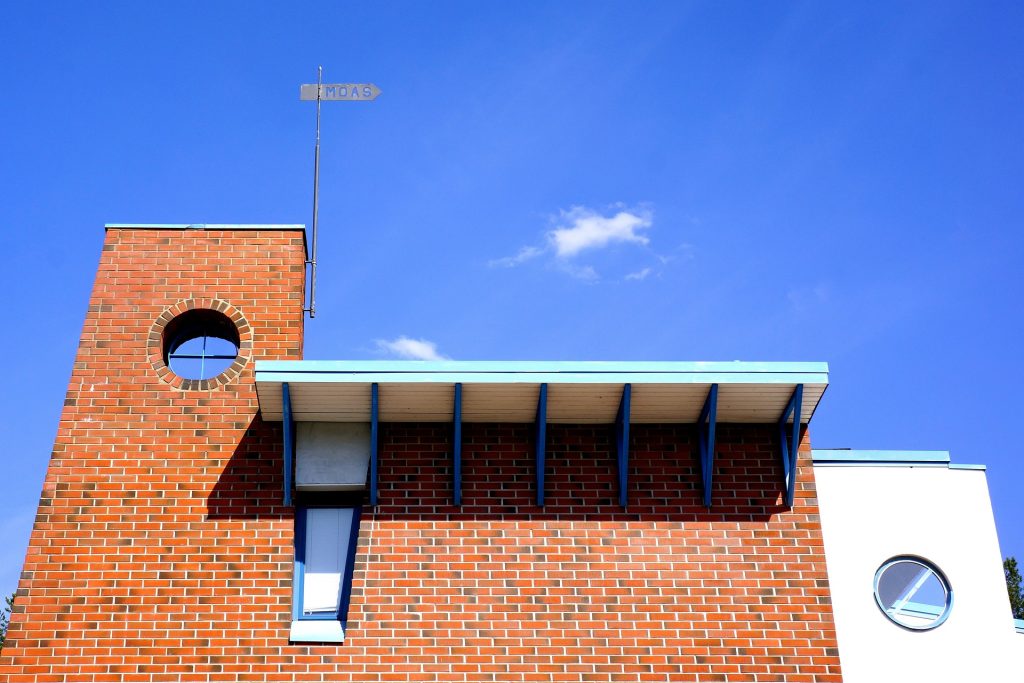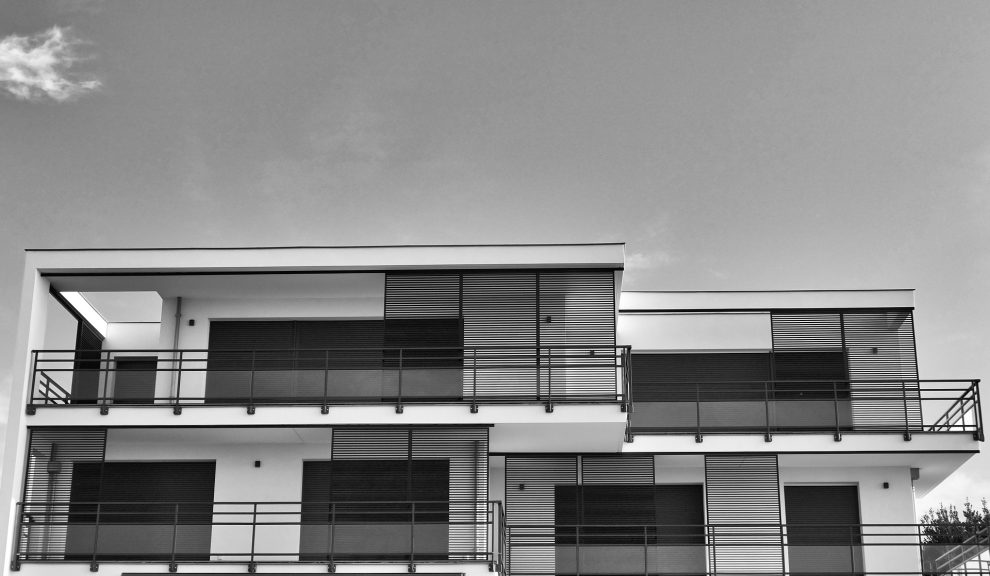GRP (Glass Reinforced Plastic) roofing systems are an increasingly popular choice for flat roofs, due to their durability and ease of installation. GRP roofing systems can provide reliable protection from the elements while being lightweight and cost-effective compared to other options. This makes them ideal for both residential and commercial applications. In addition, grp roofs require minimal maintenance once installed, making them a great long-term investment.
In this article, we will discuss what grp flat roofing systems are, how they are installed, the benefits they offer over traditional materials such as asphalt or metal sheeting, and how you can maintain your grp roof in order to keep it looking its best for years to come.
How is GRP Made?
GRP flat roofing systems are composed of layers of fiberglass-reinforced plastic. This material is formed into sheets using a variety of techniques and then bonded together to create a waterproof membrane that can be applied to the flat roof structure. This provides an airtight seal against wind and rain, which helps keep the area protected from the elements.
The most common technique is through the use of a thermoset resin, which is heated to high temperatures and then compressed between two layers of fiberglass matting. This process creates a strong and durable material that is resistant to extreme temperatures, UV exposure, and corrosion.
What is A GRP Flat Roofing System?
GRP flat roofing systems consist of layers of grp material that are laminated together. The grp material is waterproof, durable, and lightweight, making it a great alternative to metal sheeting or asphalt shingles. To install grp flat roofing systems, the grp sheets are cut to size and then glued down onto the roof surface. Any seams or joints between grp sheets are then sealed with a waterproof sealant to ensure that no water can penetrate the system.
How is GRP Installed?
GRP roofing systems can be installed either in a single layer or as multiple layers to provide additional protection from the elements. For single-layer installation, grp sheets are cut to size and then laid onto the flat roof structure using an adhesive that will bond them together. Once the grp sheets are in place, they can be sealed with a specialized grp sealant that will provide an airtight barrier against wind and rain.
For multi-layer installations, grp sheets are installed one at a time and then each layer is sealed together with grout or grp sealant to provide complete coverage.
Installation Process:
Installing grp flat roofing systems is relatively easy and straightforward. The grp sheets should be cut to size and then laid onto the roof structure using an adhesive that will bond them together. Once in place, the grp sheets can be sealed with a grout or grp sealant to prevent any water from penetrating the system.
Benefits of a GRP Flat Roofing System

One of the major benefits of grp flat roofing systems is their resistance to weather conditions such as high winds and extreme temperatures. GRP roofs are also resistant to UV rays, which makes them ideal for areas that experience long summers. Furthermore, grp roofs require minimal maintenance once installed. They are also lightweight and easy to install, making them a great choice for both residential and commercial applications.
- GRP (Glass Reinforced Plastic) flat roofing systems are an increasingly popular option due to their durability and ease of installation.
- GRP roofs provide reliable protection from the elements while also being lightweight and cost-effective compared to other options such as asphalt or metal sheeting.
- GRP roofs are made of layers of fiberglass-reinforced plastic and can be installed in either a single layer or multiple layers to provide extra protection from the elements.
- GRP roofs are resistant to weather conditions such as high winds and extreme temperatures, UV rays, and require minimal maintenance once installed.
- GRP flat roofing systems are ideal for both residential and commercial applications due to their cost-effectiveness, durability, and ease of installation.
GRP Flat Roofing System Maintenance
In order to maintain your grp flat roofing system in top condition, it is important to regularly inspect it for any damage or wear and tear. You should also clean the grp roof regularly to remove any dirt or debris that may have accumulated on it. If you notice any cracks, holes, or other signs of wear and tear, then you should contact a professional for repairs as soon as possible in order to prevent further damage from occurring.
Maintenance checks:
– Inspect grp roof for any damage or wear and tear
– Clean grp roof regularly to remove dirt/debris
– Repair grp roof immediately if cracks/holes are present
– Check grp sealant regularly for any signs of deterioration or gaps
– Make sure there is no standing water on grp roof
– Consider grp roof coating to extend grp life and protect from weather conditions.
By following these maintenance tips, you can ensure that your grp flat roofing system will last for years to come and provide reliable protection from the elements. With regular care and attention, grp roofs can stand up to extreme temperatures, rain, wind, and UV rays. They are an ideal choice for residential and commercial applications due to their cost-effectiveness and durability.
Conclusion
In conclusion, grp flat roofing systems are a great option for both residential and commercial applications due to their durability, lightweight construction, and low maintenance requirements. These grp roofs offer reliable protection from the elements while being cost-effective compared to other materials such as metal sheeting or asphalt shingles. If you take good care of your grp flat roofing system by regularly inspecting, cleaning, and repairing any damage as necessary, then you can expect it to last for many years to come.






Add Comment